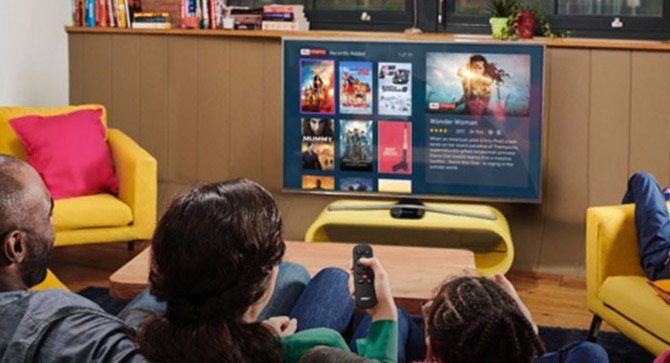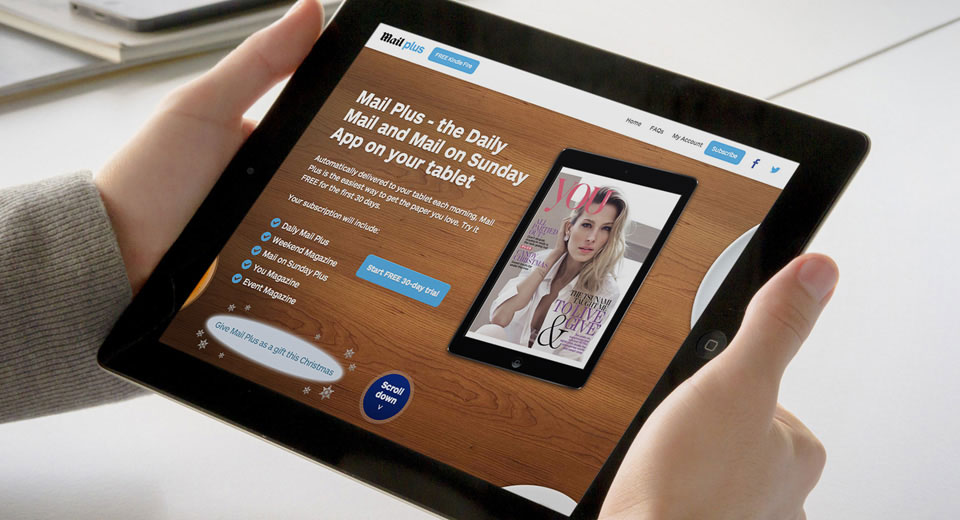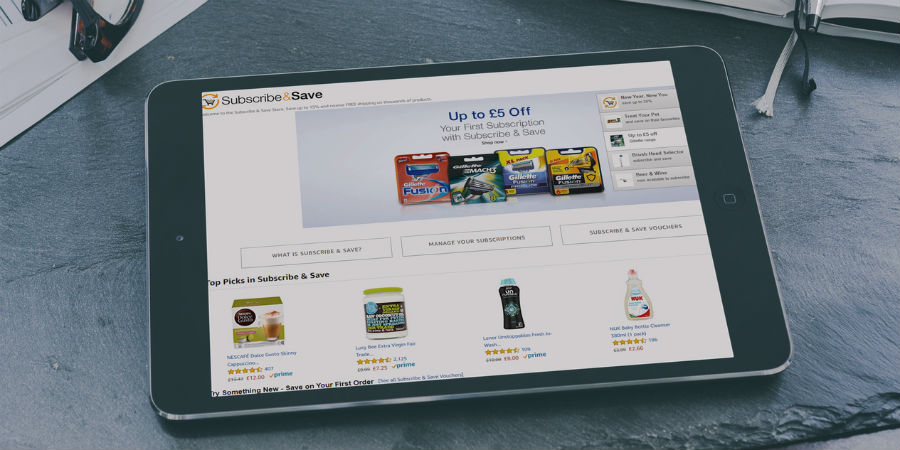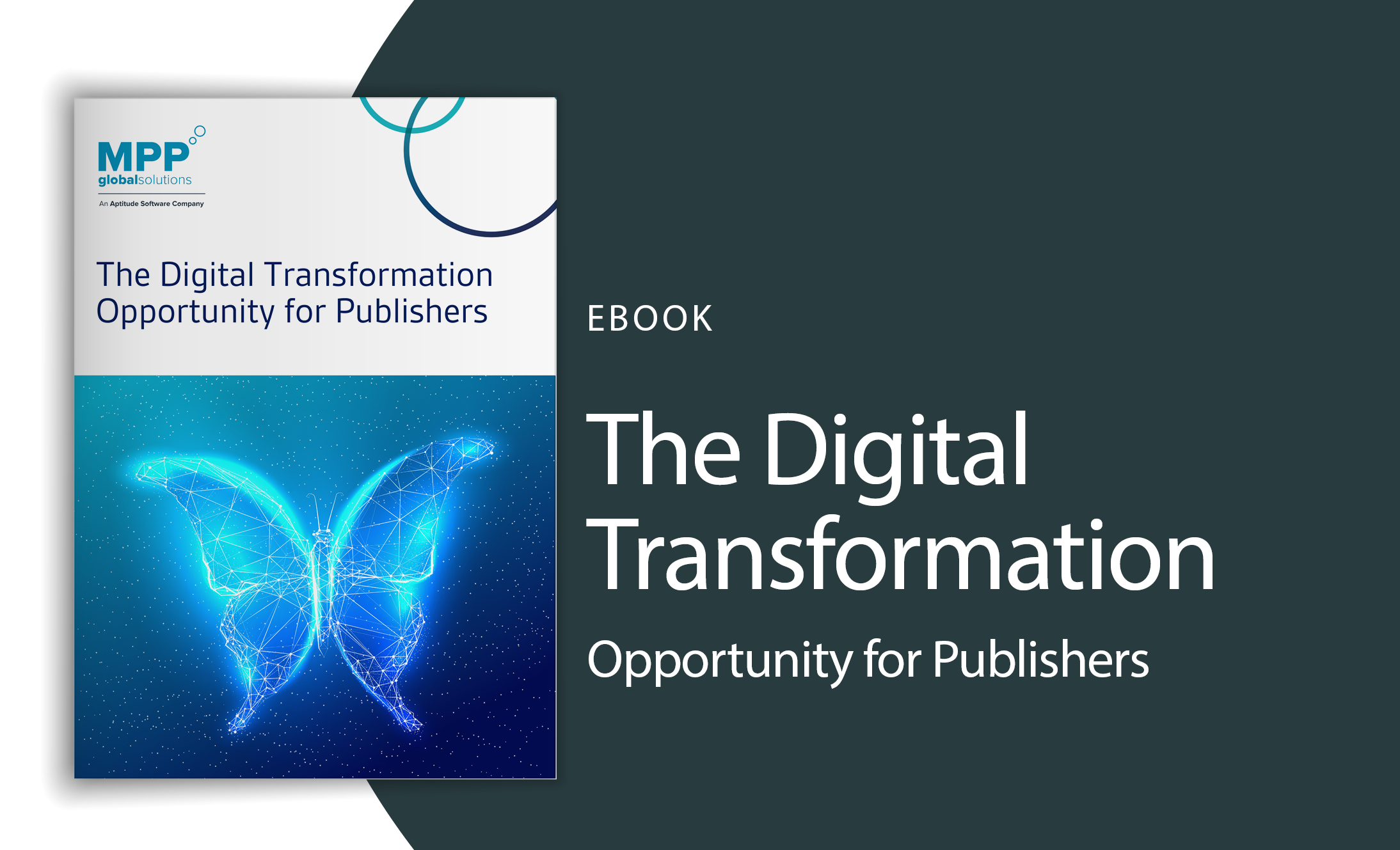Is Amazon’s Subscribe & Save the Future of Grocery Shopping?
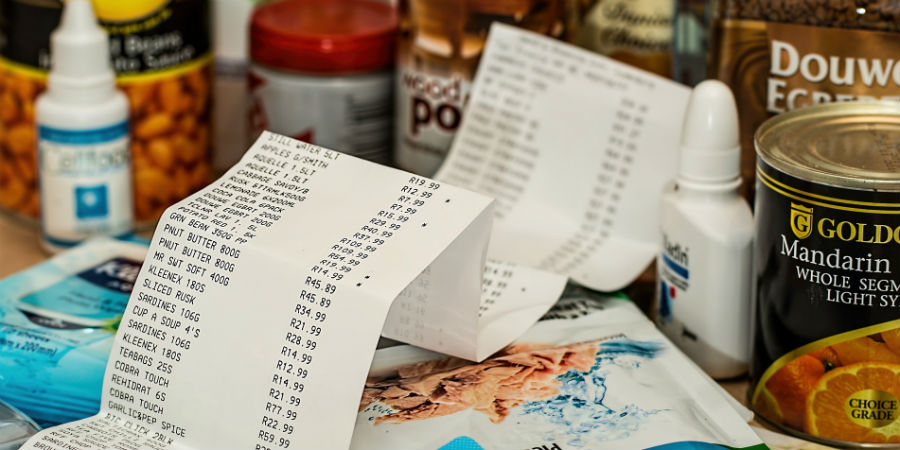
The internet is changing the way we do grocery shopping, with global online retail sales predicted to reach $27 trillion by 2020 [1]. The convenience of not having to venture into busy supermarkets is certainly a major selling point for online shopping, but are customers getting the best value by sticking with ‘the weekly big shop’ approach?
As with almost all other aspects of our retail lives, Amazon has its eye on dominating the grocery market. Having launched Amazon Fresh a decade ago and slowly rolled it out across select global cities, it has also added Prime Pantry and last year acquired Whole Foods to give it access to brick-and-mortar grocery stores.
This month it launched its own store, Amazon Go, in Seattle, with ‘Just Walk Out’ technology that replaces the traditional check-out with an automated system that charges customers for the products they have scanned when they leave. However, this has already been criticized for making it too easy for people to lose track of the amount of money they are spending [2].
In amongst its ever-growing range of services, Amazon’s Subscribe & Save may not be its most famous, but it does offer consumers a very different way of shopping for key grocery products. Can the savings it promises change the way people shop for groceries, from weekly supermarket visits to a subscription model?
Subscription Retail – the Future?
So far, subscription retail in the UK has been slow to take hold, despite its popularity in many other sectors. Tesco, Sainsbury’s, Asda and Morrisons all offer delivery subscription passes, enabling customers to save money on the delivery costs of their online orders, although Tesco came under fire last year[3] when they raised the prices of these subscriptions.
Asda and Morrisons have both dipped their toes into subscription groceries with their ‘wonky veg’ boxes, but these are still baby steps so far. The benefits to the retailers are clear as they get recurring revenue and increased Customer Lifetime Value, while customers can enjoy the convenience of knowing that essential, replenishable items like shampoo, toilet rolls and cleaning products will be automatically delivered at regular intervals.
Another benefit for customers buying products like these via subscriptions rather than as one-off purchases is cost saving. Amazon advertises Subscribe & Save as offering ‘extra savings on thousands of your favorite items’ and the more products a customer subscribes to receive each month, the more savings they make. These savings are usually up to 15% and come with free shipping.
But do these savings actually make it cheaper to buy these products on subscription from Amazon rather than by shopping at one of the supermarket giants? Small savings on unglamorous items don’t always catch the eye, but they add up over a year and you can see from this table below that Amazon does offer savings against more traditional retailers:
Subscribe & Save… Maybe?
However, Subscribe & Save hasn’t been without its critics, certainly in the United States, where it has been running for longer. In 2016, an article in the New York Times[3] pointed out a potential flaw for customers in the way changes in the price of items is managed for subscribers.
The issue was that the price paid for each item fluctuates rather than staying at the price it was when you first subscribed to buy it. Price increases of up to 170% over the course of a few months were reported, with claims that these rises weren’t effectively communicated to customers.
Jared Wiesel, a partner at Revenue Analytics, a pricing and sales consulting firm, was quoted in the article as saying: “I think they’ve violated the psychological concept of a subscription with their customers in changing prices like this. When people think of a subscription, they think of locking in a set cadence of receiving a good.”
In a follow-up piece in TIME[5], Amazon pointed out that these fluctuations in prices are made clear when customers sign up and that: “We also email customers ten days before every recurring subscription delivery to let them know their order is being filled and we call out the current price of the item and the price from their last delivery, giving them the chance to skip or change the order if they want.”
So who is right in this case? Should customers expect to be able to sign up to buy products at one price and never pay more than that for the duration of their subscription? Are Amazon guilty of ‘bait and switch’[6]? As usual, it will be for the market to decide.
Amazon’s Dash buttons have so far failed to drive much consumer activity[7], largely because they have been found to regularly offer poorer value for money than just shopping via the Amazon website.
What’s next for Subscription Retail?
Subscribe & Save may have hit the headlines for the wrong reasons over the last few years, but that doesn’t mean that it can’t be used to earn regular savings on grocery items, as long as the subscriptions are managed effectively.
This makes it a model that has the potential to grow – it’s already recently been introduced to India[8] – as more savvy consumers look for ways to make extra savings while maintaining the convenience that drives people to online shopping.
Subscription retail is also far from an unfamiliar business model for consumers when it comes to groceries, dating back to the days when deliveries from a milkman were the most likely way to get your milk.
Competitive supermarket pricing has all but killed that industry off, but the rise of direct-to-consumer subscription retail is bringing things full circle as brands engage directly with customers and cut out the likes of Amazon and Tesco entirely.
At the moment, much of the D2C subscription retail market is targeting customers who want high-end goods and are willing to pay premium prices. The big winners so far include The Honest Co[9] with their subscription supplies for new mothers and Dollar Shave Club, which has signed up millions of subscribers by disrupting the grocery marketplace, eventually being bought by Unilever.
One of the advantages of going direct to your consumers, rather than selling your products via Amazon’s Subscribe & Save service, is that you can use the data generated to really know who your customers are and learn how best to keep them from churning. With Subscribe & Save, it is Amazon who keep your customers’ data, not the brands whose products are being sold.
Finding an alternative system for launching your own subscription retail service is increasingly looking like the best way for brands to get a bigger slice of that $27 trillion of online spend. Get in touch with our retail specialists for a quick chat on how to generate and grow recurring revenues.
References:
- https://www.emarketer.com/Article/Worldwide-Retail-Ecommerce-Sales-Will-Reach-1915-Trillion-This-Year/1014369
- https://www.cnbc.com/2018/01/23/amazon-go-grocery-store-could-actually-be-bad-for-your-wallet.html
- https://www.thesun.co.uk/money/3537742/tesco-annoys-shoppers-delivery-subscription-price-increase/
- https://www.nytimes.com/2016/08/25/technology/personaltech/subscribe-and-save-on-amazon-dont-count-on-it.html
- http://time.com/money/4466333/amazons-subscribe-save-prices-increase/
- https://medium.com/@ddcurrie/amazons-subscribe-and-save-bait-and-switch-8f782f918e28
- https://www.wsj.com/articles/amazon-to-add-dozens-of-brands-to-dash-buttons-but-do-shoppers-want-them-1466970276
- https://gadgets.ndtv.com/internet/news/amazon-launches-subscribe-and-save-store-in-india-825560
- https://www.honest.com/
 us
us 


